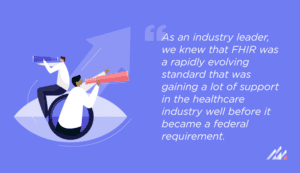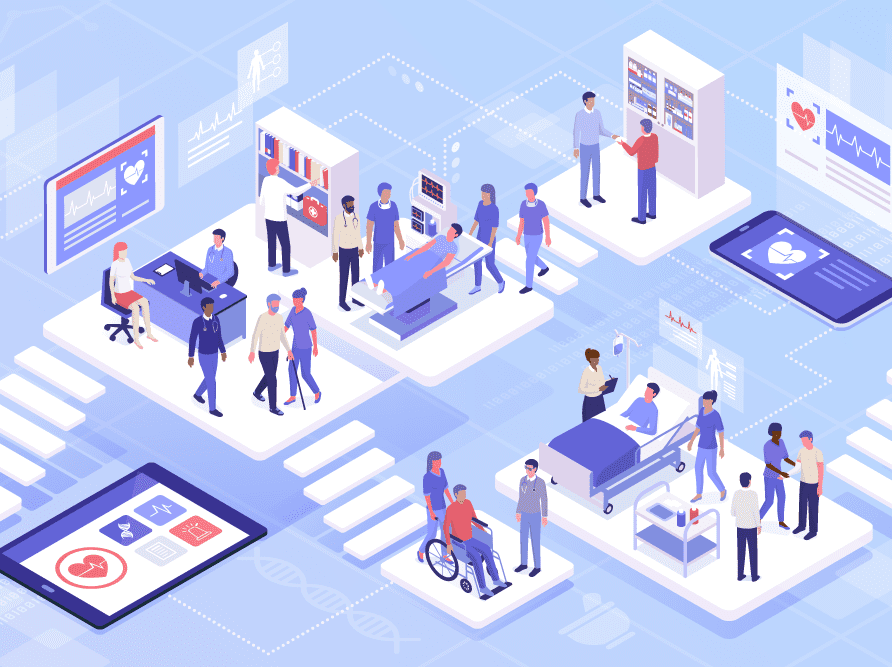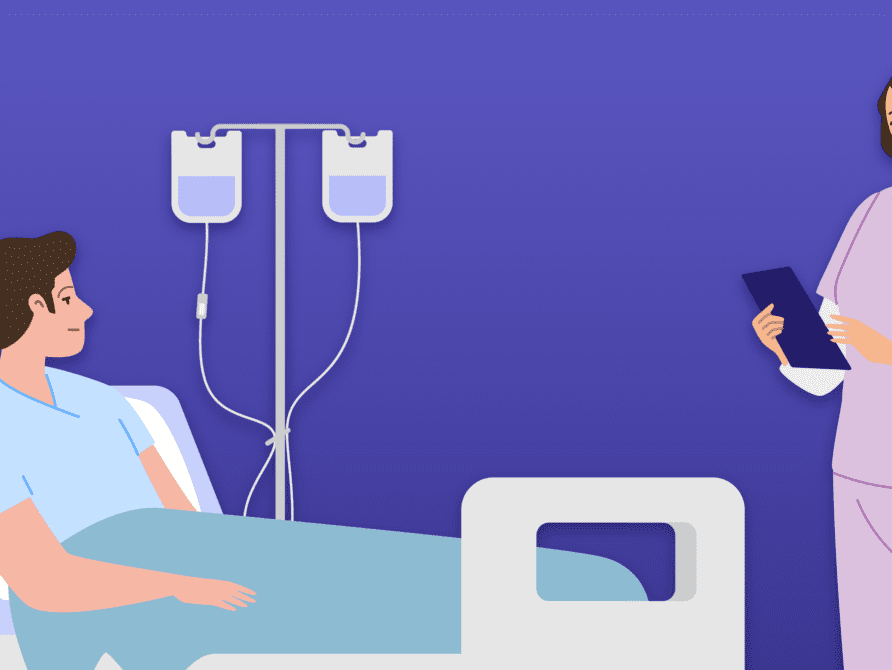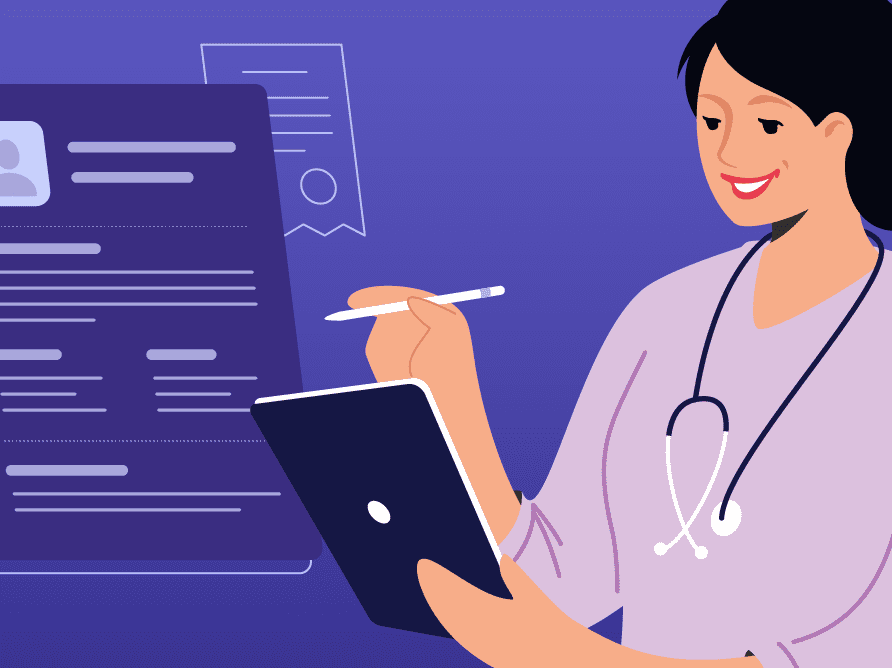Article
Facing the future with FHIR R4
For at least a decade, one of the major complaints in our industry is that while every EHR holds a rich dataset, that data is siloed and is extremely difficult to share. With an eye toward promoting innovation and addressing interoperability, HL7 (an international organization responsible for setting standards related to data exchange enablement in healthcare) has focused the past 10 years on an API standard known as Fast Healthcare Interoperability Resources, or FHIR. For some background, an API at its most basic level is a way for different groups (such as third-party applications, patients or clients) to have controlled access to the data in a database. More simply put, it’s a pipeline for sharing your data with whoever you want, and it enables users to have access to this information outside the confines of an EHR. Now with the 21st Century Cures Act, we as an  industry can start sharing data with other entities, such as public health organizations and payers. We can also start seeing trends within the data that we can ultimately use to improve healthcare overall. I am proud to say that Altera Digital Health’s EHRs have all passed certification and are in full compliance with FHIR R4 requirements included in 21st Century Cures.
industry can start sharing data with other entities, such as public health organizations and payers. We can also start seeing trends within the data that we can ultimately use to improve healthcare overall. I am proud to say that Altera Digital Health’s EHRs have all passed certification and are in full compliance with FHIR R4 requirements included in 21st Century Cures.
But our history with FHIR goes beyond this regulatory requirement. As an industry leader, we knew that FHIR was a rapidly evolving standard that was gaining a lot of support in the healthcare industry well before it became a federal requirement. Consequently, we began developing FHIR-based APIs starting in 2015. By 2017, all our EHR solutions were using FHIR APIs to provide an open-standard, patient-facing API that enabled patients to access their own clinical records, and it was this API that laid the foundation for our work in implementing the FHIR R4 requirements in Cures.
Over the past ten years we’ve seen an exponential increase in the number of startups utilizing FHIR and FHIR-related standards like SMART App Launch (which enables third-party applications to integrate with any FHIR-enabled EHR) to create an innovative ecosystem of third-party applications geared toward improving healthcare. With our implementation of FHIR R4, these apps are now available to our clients. Clients will be  able to visit SMART app galleries where they can pick and choose the apps that work best for them, enabling them to customize the EHR and extend its functionality. Examples of currently available apps are ones that help clinicians render pediatric growth data in an interactive visual chart that improves clinicians’ ability to analyze and interpret the data and provides a richer user experience. There are also applications that enable targeted clinical decision support from third-party guidance services—some which are even starting to build in AI. Payers are also exploring FHIR-related functionality to address burden reduction and real-time prior authorization that could dramatically reduce the delay in approving patient care.
able to visit SMART app galleries where they can pick and choose the apps that work best for them, enabling them to customize the EHR and extend its functionality. Examples of currently available apps are ones that help clinicians render pediatric growth data in an interactive visual chart that improves clinicians’ ability to analyze and interpret the data and provides a richer user experience. There are also applications that enable targeted clinical decision support from third-party guidance services—some which are even starting to build in AI. Payers are also exploring FHIR-related functionality to address burden reduction and real-time prior authorization that could dramatically reduce the delay in approving patient care.
FHIR isn’t the only thing that Altera has been supporting for years. We also have a long history of working with third-party app developers and vendors. Altera works closely with vendors to help get their apps published, with the ultimate goal of providing our clients with a solution that can be tailored to meet their needs and improve the quality of patient care.
As we continue to look ahead, we remain committed to helping developers create apps that can expedite care, create a better patient experience and improve healthcare as a whole while providing the best experience possible for our clients. We will continue to keep pace with the evolving regulatory requirements and actively engage with our clients to identify ways Altera can leverage FHIR to deliver improved and innovative functionality. It’s a tall order, but one we are more than equipped to handle. If you’d like to learn more about our support for FHIR APIs, I encourage you to visit our FHIR API documentation here.













